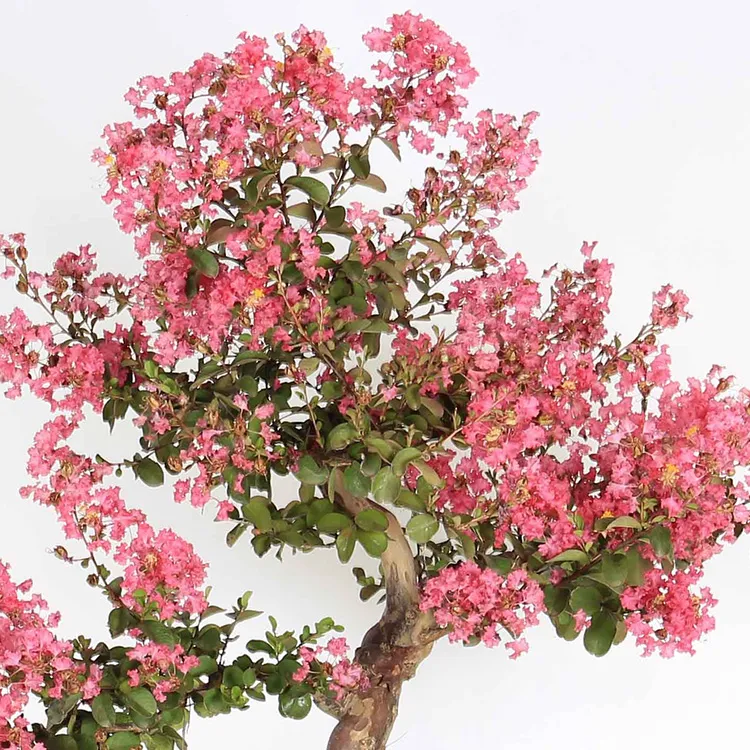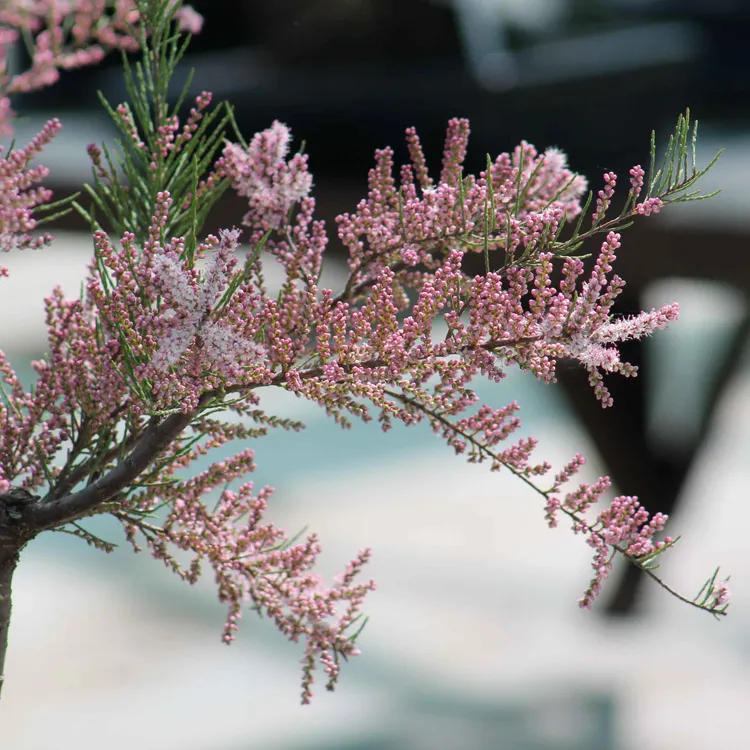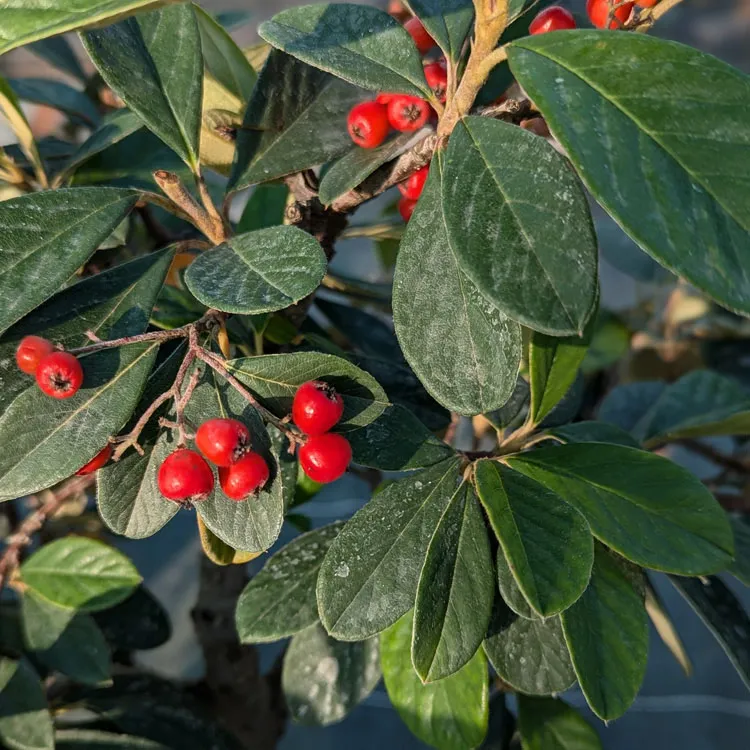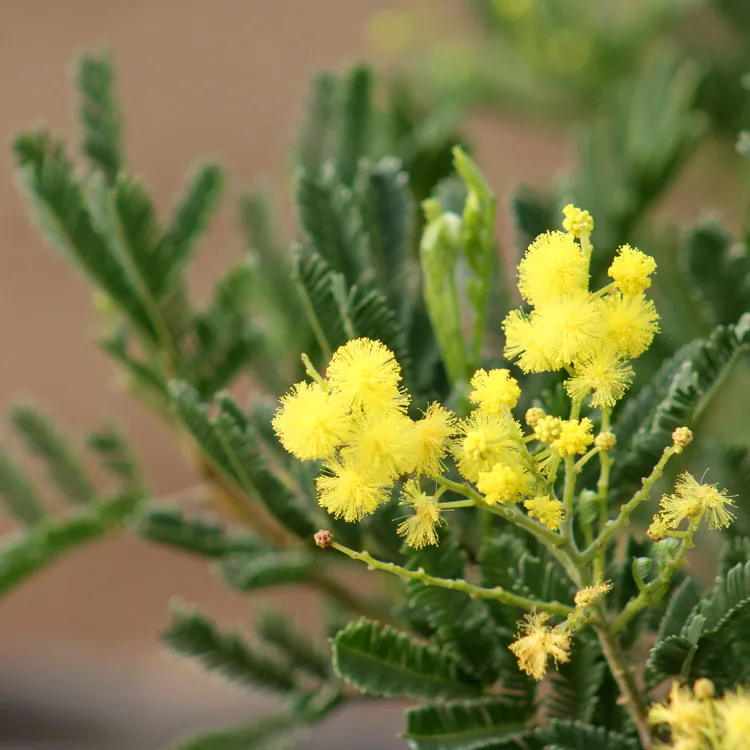Pruning a bonsai tree is one of the most important steps, both for aesthetic purposes (to create a beautiful shape) but also to ensure good growth. However, the beginner amateur often feels distraught with his pair of scissors in his hands, because there are several types of pruning that are done at different times and correspond to specific objectives. We will therefore see in detail how to properly prune a bonsai, and especially why and what is the desired purpose.
Why prune a bonsai?
You might think that this is to maintain the shape of the bonsai, by cutting off the year's shoots that protrude from the profile of the tree. However, it is not that simple, and to learn how to prune well, you need to understand what the purpose, or rather the purposes, of pruning is.
1. Eliminate Structural Defects
A bonsai must obey certain aesthetic concepts that are far beyond the scope of this article, but there are some things that should be avoided when defining the structure of a bonsai.
- The twigs that grow upwards, as they will quickly become very vigorous, grow strongly and form large, unsightly tubes;
- The twigs that grow downwards, because after having elongated a little, they will go up in search of the light, forming a very unaesthetic curve;
- Never keep 2 branches that start from the same place on the trunk otherwise it will lead to the formation of a "ball " because of the influx of sap in this area. So, we prune one of the two;
- The ramifications don't always come in pairs ; One branch splits into two, which then separates into two, etc. That's how you form pretty trays. Some species, such as Japanese maples or Chinese elms, tend to have many buds starting from the same point. If you keep them, you're going to have a taper inversion. Prune to keep only two (which grow more or less horizontally, necessarily eliminating those that grow upwards or downwards);
- Avoid having two branches on top of each other, as the one below will receive less light (it will be in the shadow of the one above), will be less vigorous, and will never become a beautiful branch.
Obviously, this is the theory, especially when it comes to the main branches of a bonsai. It is not always feasible to cut a poorly placed branch if there is not another better placed one that can take over.
When to do this structure pruning on a bonsai? From late autumn, when the tree enters its dormant period. On deciduous trees, this is when almost all the leaves have fallen. You can then get a better look at the structure of the tree and branches. Feel free to rotate it, look at each main and secondary branch, and prune methodically.
2. Improve the line and taper of the branches
We often talk about the taper of the trunk, which should be massive at the base (at the level of the nebari) and should gradually become thinner and thinner. This taper is also important for each of the branches.
What we look for in a bonsai are branches that are massive at the junction with the trunk and then become thinner and thinner.
We also look for undulations in the branches, we avoid parts that are too straight and without taper that look like tubes, except for broom (HOKIDACHI) or straight formal (CHOKKAN) styles.
Pruning thus makes it possible, year after year, to build pretty branches by " regularly going back ", i.e. by cutting off part of the branch to start again on branches closer to the trunk, with more movement.
Even on a mature bonsai, which is already well formed, this is sometimes a necessary operation because the vegetation has elongated, and the parts at the end of the branches have become too large (because they are the most vigorous). You have to know how to prune to start again on a good basis.
3. Create Empty Spaces
A beautiful bonsai is not just a big ball of leaves on a trunk. The beauty is often in the different empty spaces between the vegetation plateaus. This not only allows the structure of the tree to be better visible, but also allows light to penetrate inside, and to promote the appearance of buds as close as possible to the trunk.
4. Balancing forces
Some parts of the tree are more vigorous than others, they will grow faster (and sometimes too fast), so it is necessary to prune them so that those that are weaker can develop.
Most trees have an " apical tendency," meaning that the heads and tips of the branches are more vigorous than what is found further inside the tree. However, in bonsai, we want both a compact and branched tree.
By pruning during the growth period, you will temporarily stop the growth. By the time new buds form and give rise to new branches, the weaker ones that were struggling to develop will become more vigorous and elongate.
Having perfectly balanced branches is something difficult to achieve, because it is a bit against the nature of the tree to always want to lie down in search of the light. However, regular pruning can greatly reduce the imbalance that can exist between the different parts of a bonsai.
To balance the forces, there are two techniques:
- Pinching, which consists of cutting with scissors or fingers (hence the name pinching) the bud that has just opened at the end of the twig. Its growth will be blocked, new buds will form in a few weeks, but they will be weaker, will allow for shorter internodes and smaller leaves. Also, it gives time for the other buds that are further inside the tree to develop;
- Maintenance pruning, which consists of cutting the twig as soon as it has started to lignify, i.e. it turns into wood (its color has changed from green to brown). Always prune leaving two leaves; Two buds will then form that will give rise to twigs. At each pruning, the number of branches is multiplied by two. That's how you densify a bonsai.
Pinching is only practiced on a bonsai that is in the " finishing phase", i.e. the structure is well established, the branches are well branched. At this stage, what we are looking for is this fine branching, with very short internodes.
Maintenance pruning helps to create branching, and on bonsai trees such as Chinese elms this is enough to create beautiful, dense plateaus. But on Japanese maples, only a properly done pinch can have this fine, sought-after branching.
5. Enhance photosynthesis
So when the more leaves, the more photosynthesis, why can pruning improve this process? This may seem contradictory.
One essential thing to understand is that in order for leaves to photosynthesize, they need to be in the light. However, when the bonsai starts to grow in the spring, it will develop new branches and leaves, especially on the most vigorous parts (at the top and end of the branch).
The parts that are further inside the tree will end up in the shade. Even when pruning the long shoots that protrude from the bonsai profile, there can be so much foliage that the inside is completely in shade. The leaves there will no longer be able to photosynthesize, they will turn yellow and fall off, the twig will dry out.
It is important to keep some small branches that are close to the trunk, as they can create nice trays. So they need to receive light.
For this, we can prune the leaves. Taken to the extreme, this technique is called "defoliation " because all the leaves are cut off to force the bonsai to make a new spring, with smaller leaves.
Total defoliation is still a bit traumatic for a bonsai, and it should only be practiced on a healthy tree. In practice, we recommend partial defoliation, which is much gentler and gives comparable results.
On Japanese maples, keep every other leaf on the most vigorous parts. On trees where the leaves remain a bit large (e.g. beech trees), you can also cut the leaves in half.
The goal is to reduce the leaf area, allowing light to better penetrate the interior of the tree so that the leaves can photosynthesize, develop and allow the small branches to elongate.
Why not prune a bonsai?
Knowing how to practice the different sizes throughout the year is a fundamental concept that every amateur should master. On the other hand, there are also situations in which you have to know how to leave your pair of scissors aside.
1. Your Bonsai Is Weak
Maybe it's been sick, it's been attacked by pests, it's had a watering problem, you've cut off a lot of roots when repotting, or you just feel like it's not growing vigorously. How do you know? On a pine tree, you should have very stiff needles that prick at the end. On deciduous trees, you should have stems that run from the profile of the tree in the spring.
You never prune a weak tree. What for? Because it gets its energy from photosynthesis, so if you remove leaves from it, you remove those "solar panels " that produce the energy needed to form new tissue.
More photosynthesis also means more circulation of sap in the xylem and phloem vessels, between the roots and the leaves. This, in turn, stimulates the creation of new roots
2. A branch isn't big enough
What you want to have on a bonsai are big branches at the bottom, and the higher you go towards the apex, the thinner the branches become. This is what gives the appearance of an old tree.
Similarly, each branch should have taper, i.e. the junction with the trunk should be the largest place, and the further you go, the thinner the branch becomes.
However, on a tree in formation, there can be an imbalance. You can have a lower branch that is thinner than the ones above. So you have to make it bigger, and to do that you have to let it grow. Because when you prune a branch, you limit its growth.
If you don't prune anything on this branch, you're going to see a lot of twigs, a lot of leaves, and the more leaves, the bigger the branch will get. It's as simple as that.
This technique also works if you want to make the trunk bigger, in which case you need to let the tree grow freely, especially at the head. You can then have an apical stem that can be more than a meter tall, and you will see that the trunk will start to grow. This works even better if the bonsai is in an oversized pot, in which the roots will be able to grow.
If you only want to grow one branch, you can continue to prune the rest of the bonsai, so that the larger branches don't get bigger.
How long should these "sap pumps" be stored? You can let it go for two years, and if the desired diameter is not yet reached, then prune anyway, and let it grow without pruning the following year. If you wait too long, you will have a large scar to close (at the cut).
When you cut back this sap, you can start again on a shoot close to the trunk, but do not cut at the level of the tree's profile. Indeed, we want movement on the branch, by pruning too far from the trunk you risk having a very straight part that will not be very aesthetic.
3. You want to close a scar
When you cut a branch completely, or shorten a branch (for example, when it has grown freely to make it bigger), you end up with a large scar. On a conifer, it is always possible to create dead wood to make this cut less artificial. But on a deciduous tree, you should definitely try to close it.
A good technique to close a large scar is to let a twig slip through the cut. Often, you'll see that where you've cut, multiple buds will appear. Choose one to create the continuity of the branch, and let another grow freely in order to create a large influx of sap in that place, and you will see that the cup will close more quickly.
If the scar is really big, the operation may need to be done in several stages. Indeed, the sap that you are going to let grow can also become very large, and by cutting it you will create a new scar. To avoid this, prune this sap taffy every winter, leaving one centimetre of wood. New buds will appear, which you will let grow the following year.


 Production of French Bonsai
Production of French Bonsai
























































































